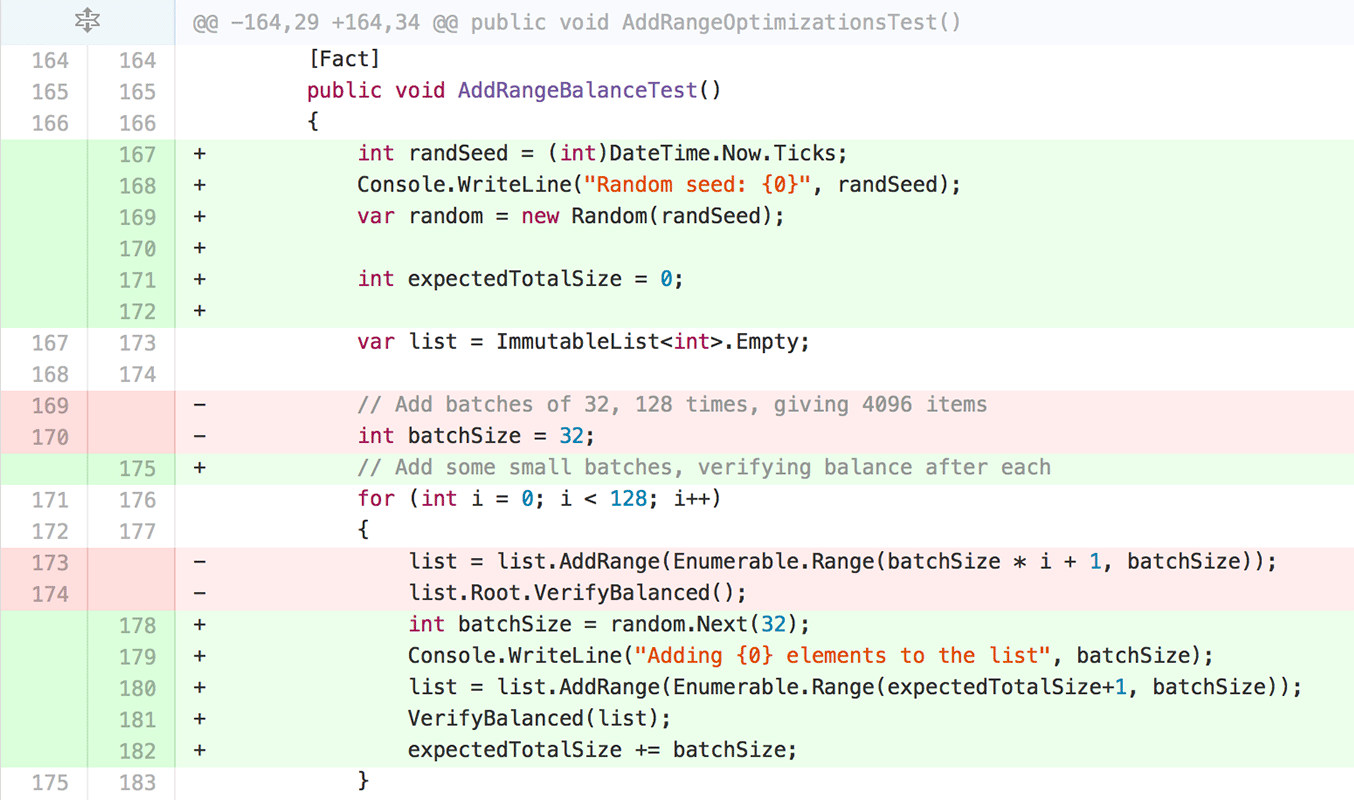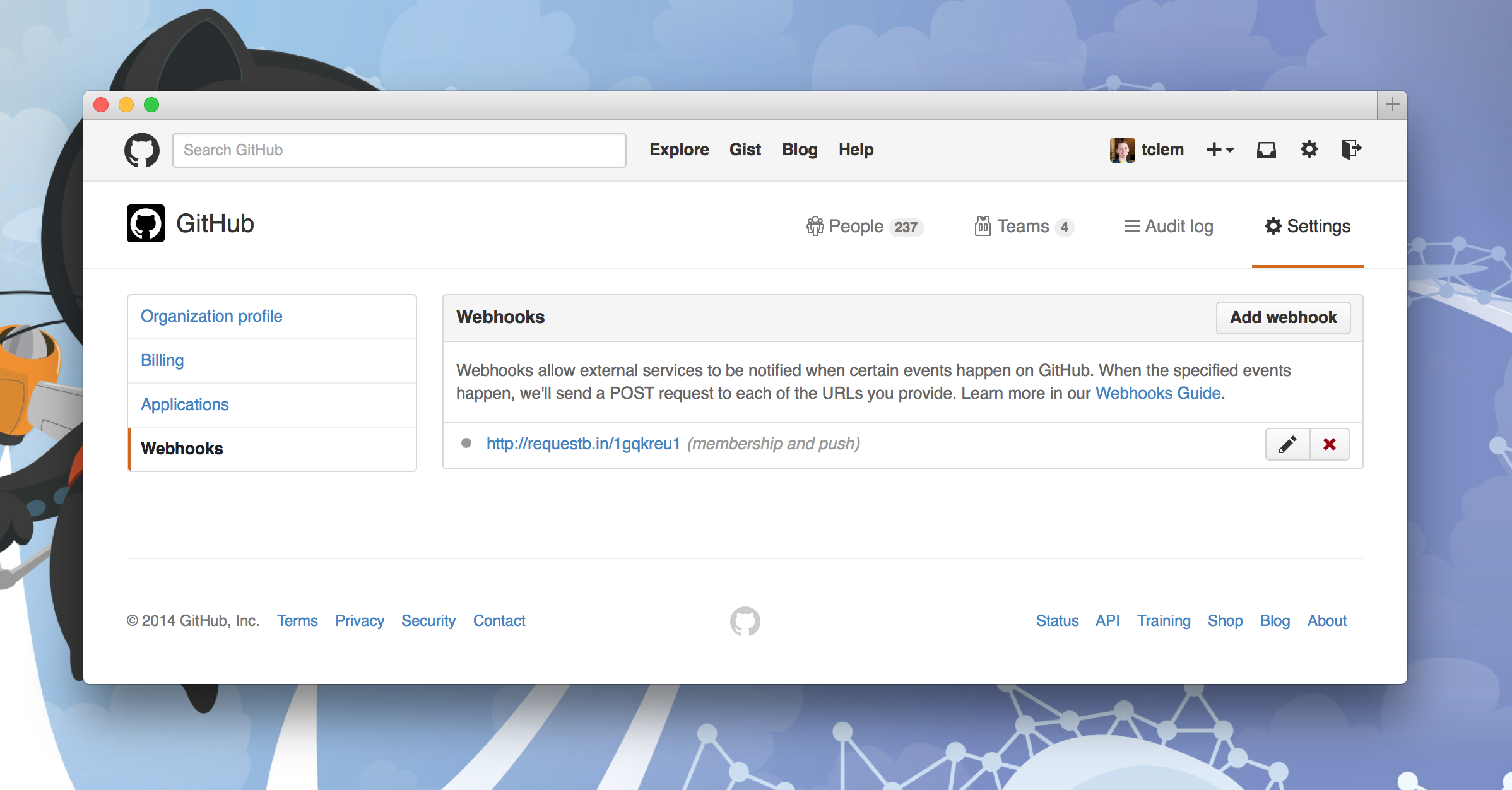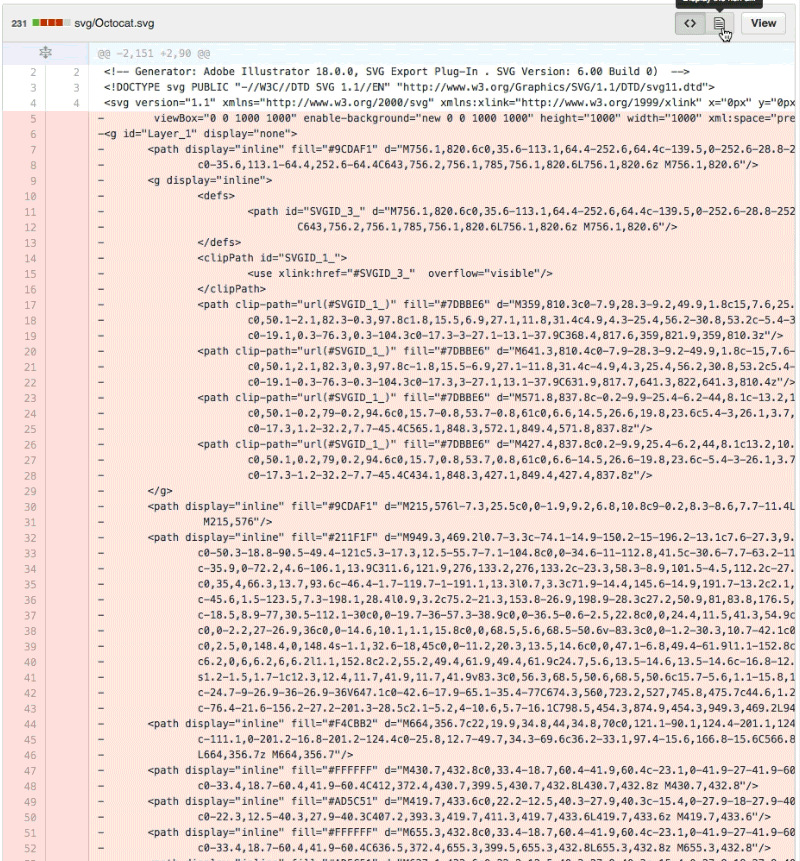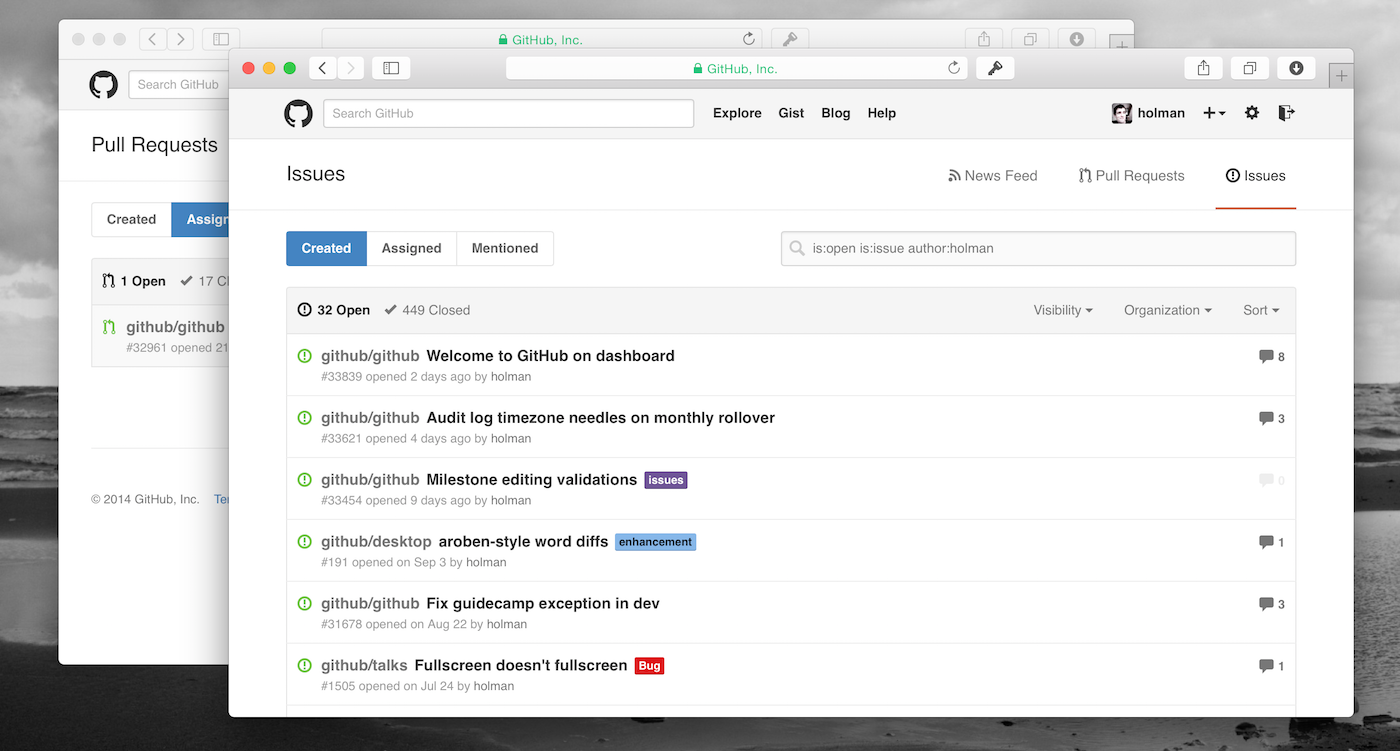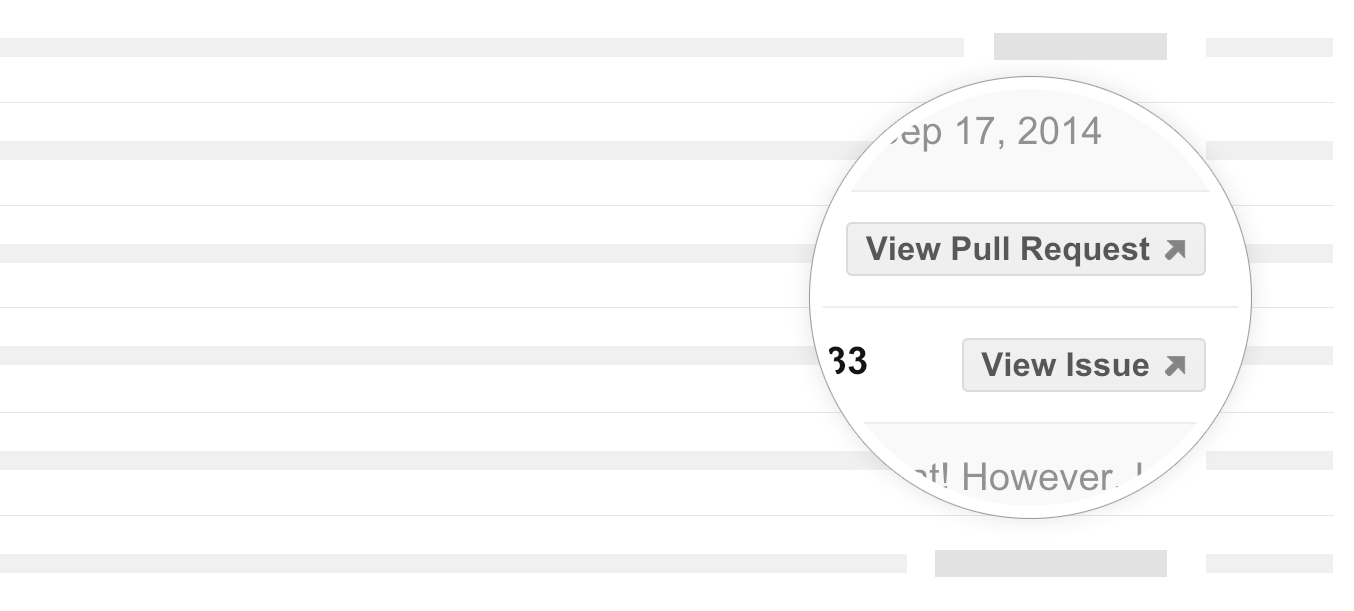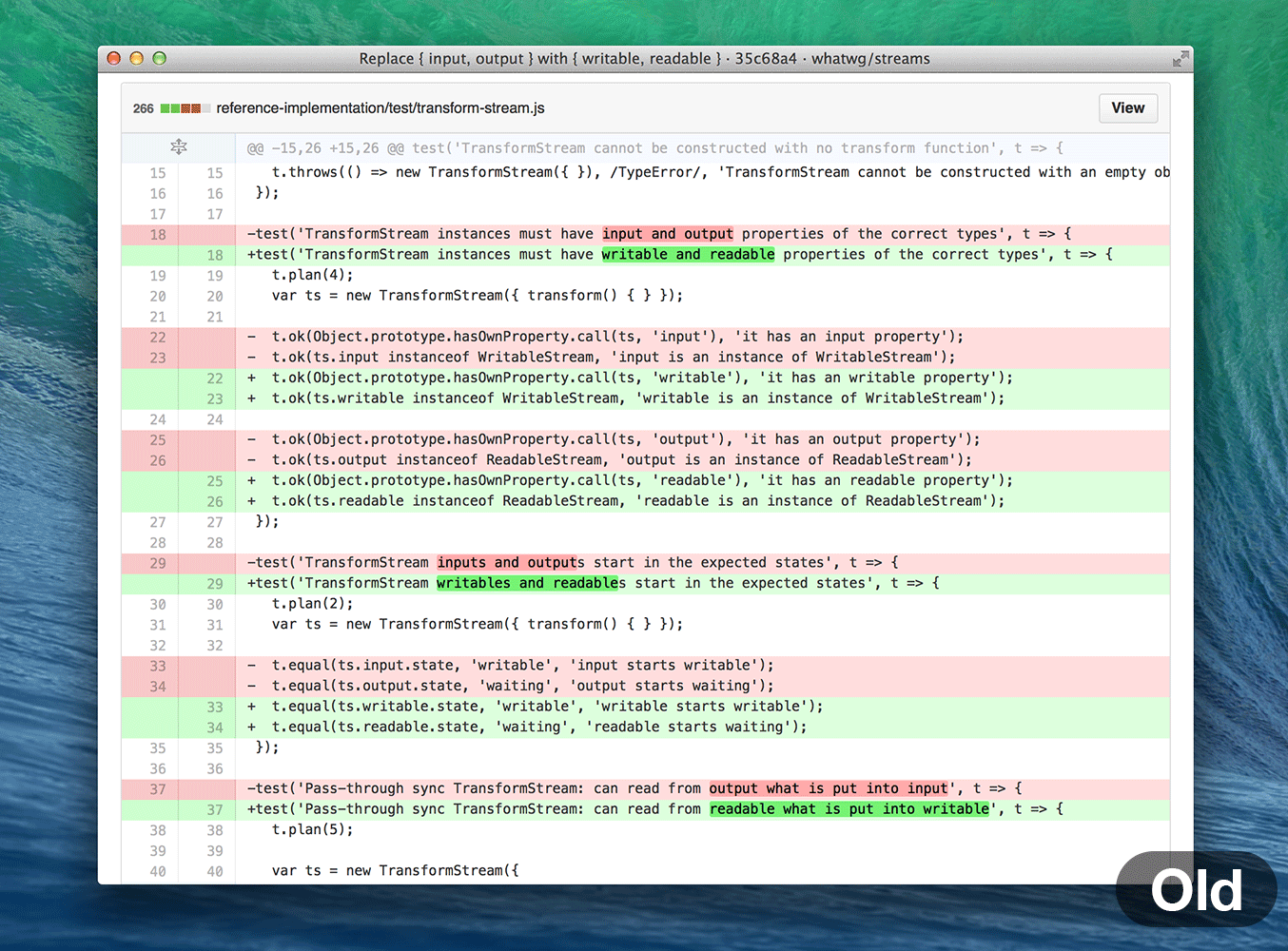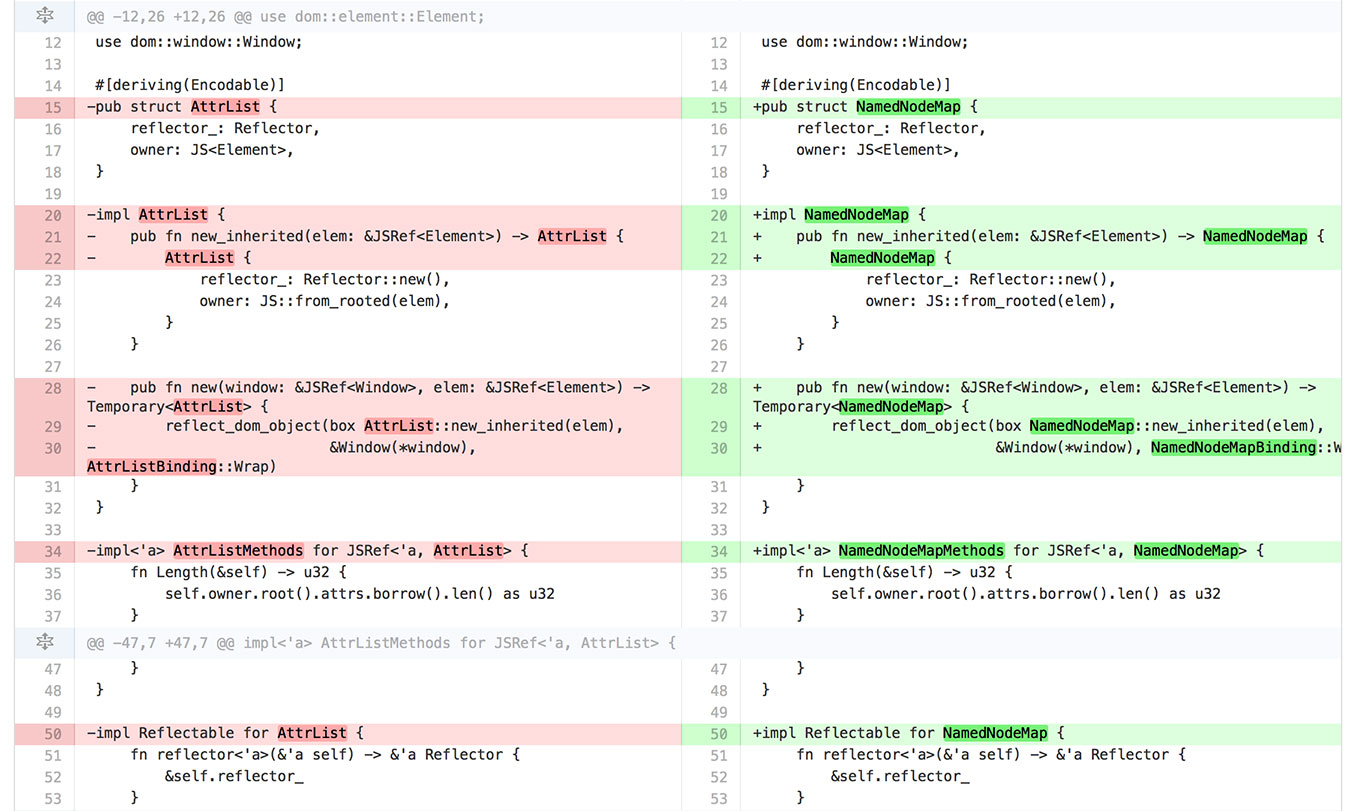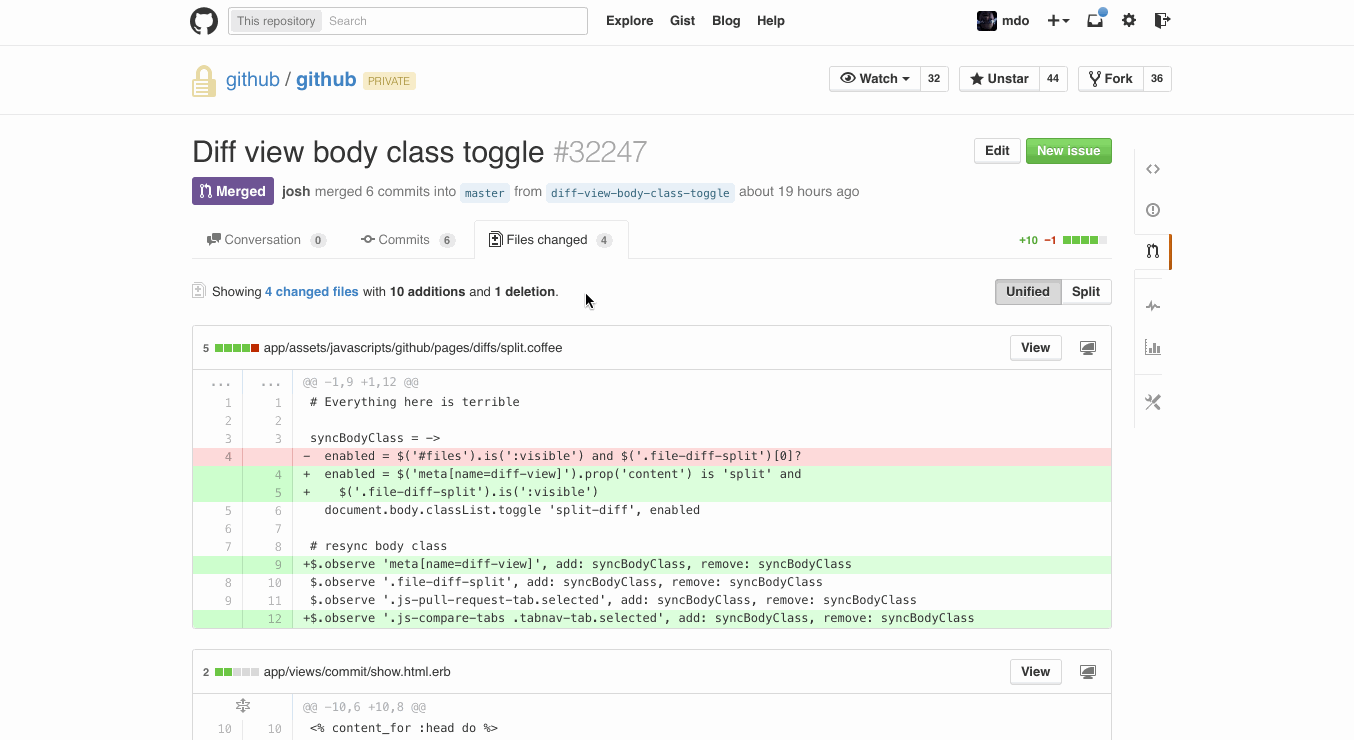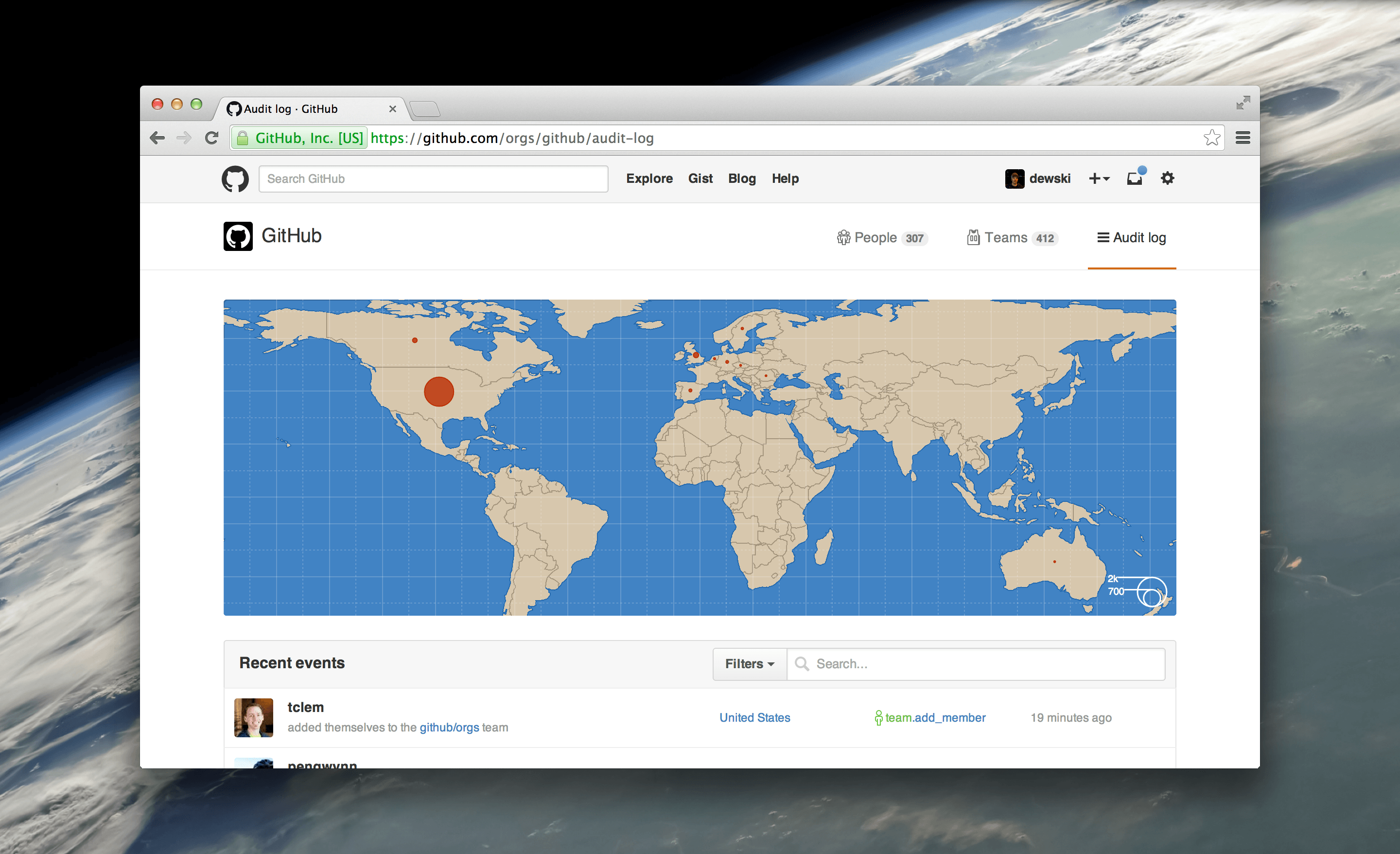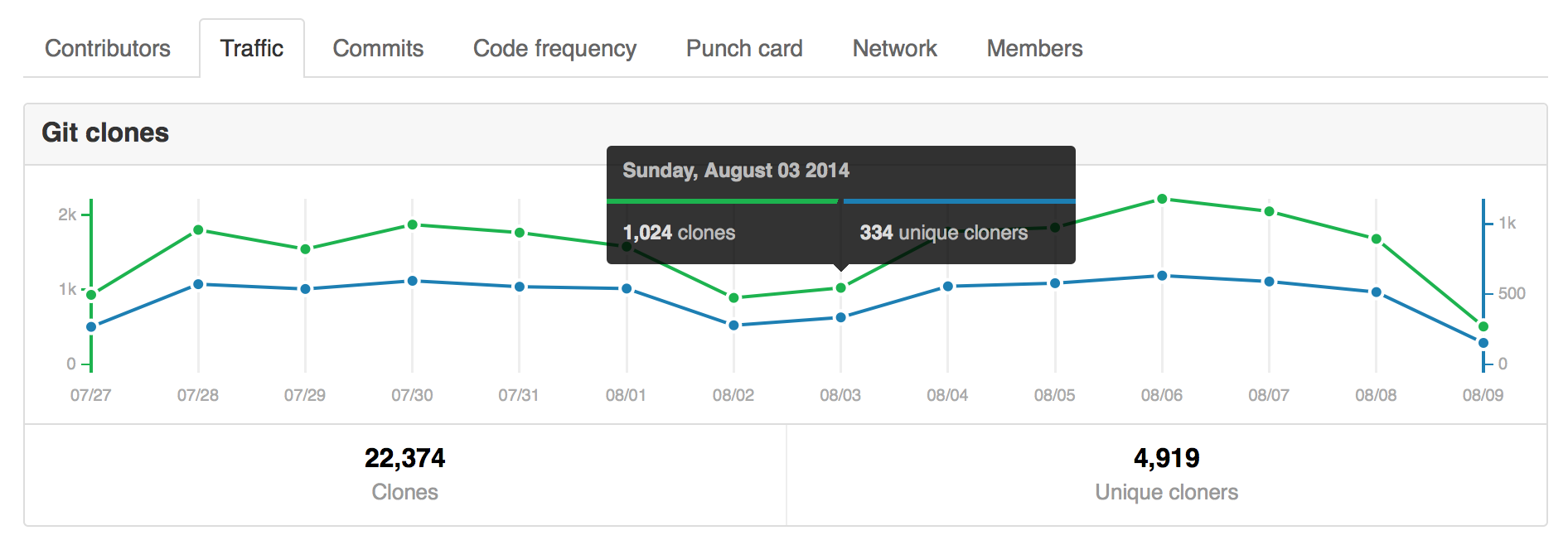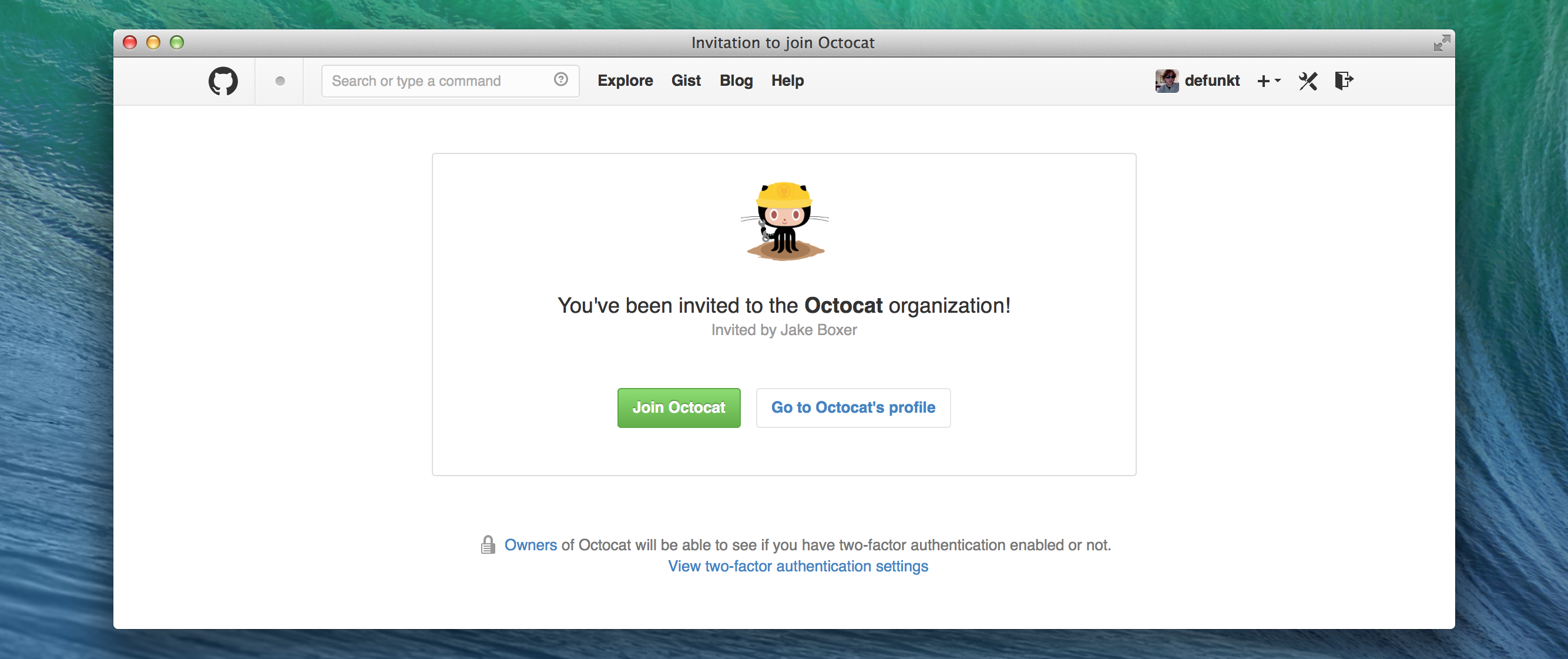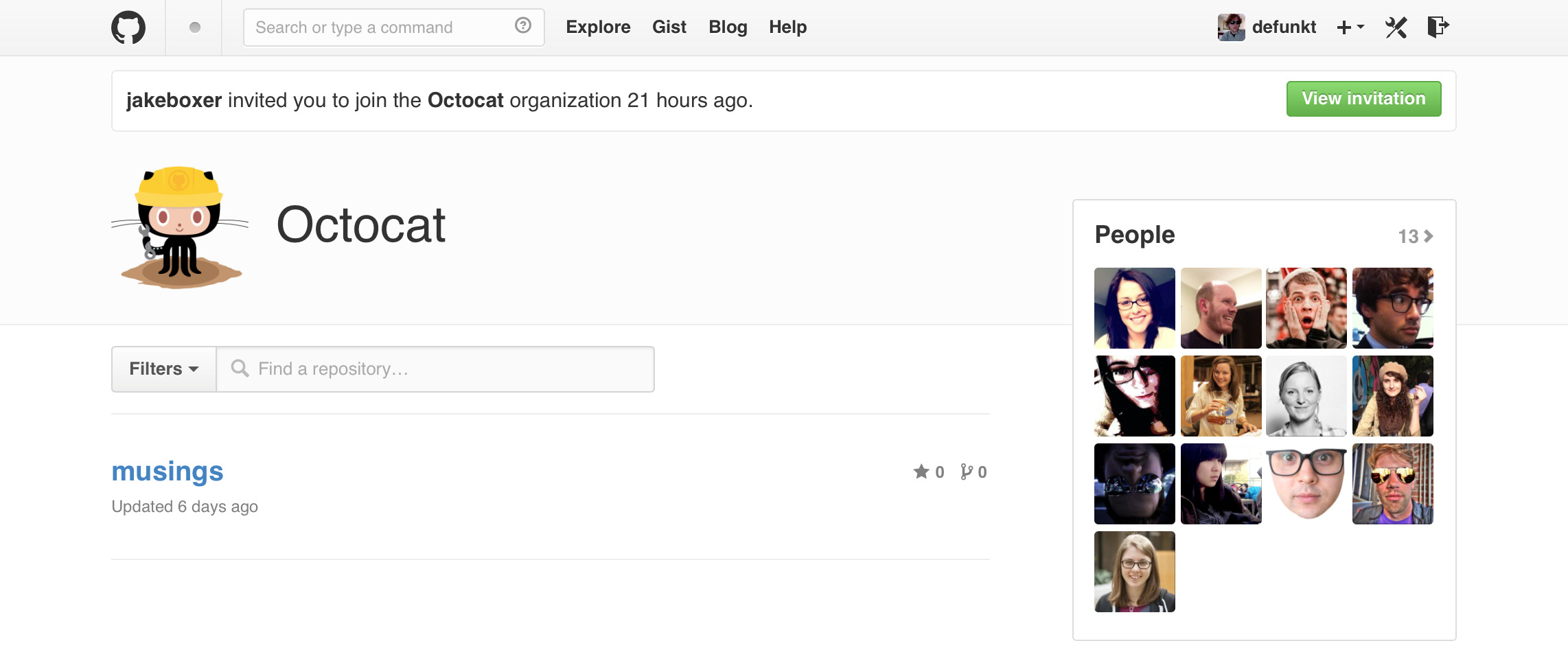There's no substitute for hands-on experience, but for most students, real world tools can be cost prohibitive. That's why we created the GitHub Student Developer Pack with some of our partners and friends: to give students free access to the best developer tools in one place so they can learn by doing.

More than 100,000 students have already taken advantage of free access to GitHub, collectively pushing code more than 50,000 times per day. With the GitHub Student Developer Pack, students now have free access to an entire suite of useful developer tools, including:
Atom — atom.io
A hackable text editor for the 21st Century
Open Source by GitHub, free for everyone
Bitnami — bitnami.com
Install cloud applications in a single click
Business 3 plan (normally $49/month) for one year
Crowdflower — crowdflower.com
Crowdsourcing and data enrichment platform
Access to the Crowdflower platform (normally $2,500/month) and $50 in worker credit
DigitalOcean — digitalocean.com
Simple cloud hosting, built for developers
$100 in platform credit for new users
DNSimple — dnsimple.com
Simple DNS management with one-click services and a robust API
Bronze hosted DNS plan (normally $3/month) for two years
GitHub — github.com
Powerful collaboration, code review, and code management
Micro account (normally $7/month) with five private repositories while you're a student
HackHands — hackhands.com
Live programming help available 24/7
$25 in platform credit
Namecheap — namecheap.com
Domain name registration and SSL certificates
One year free domain name registration on the .me TLD (normally 8.99/year) and one year free SSL certificate (normally $9/year)
Orchestrate — orchestrate.io
Database API that includes search, time-series events, geolocation and graph queries
Developer account (normally $49/month) while you're a student
Screenhero — screenhero.com
Screen sharing for collaboration in teams
Individual account (normally $9.99/month) while you're a student
SendGrid — sendgrid.com
Email infrastructure as a service
Student plan (normally $4.95/month) for one year
Stripe — stripe.com
Web and mobile payments, built for developers
Waived transaction fees on first $1,000 in revenue processed
Travis CI — travis-ci.com
Continuous integration platform for open source and private projects
Private builds (normally $69/month) while you're a student
Unreal Engine — unrealengine.com
A complete suite of game development tools made by game developers, for game developers
Unreal Engine (normally $19/month) while you're a student
Get your pack
If you're a student aged 13+ and enrolled in degree or diploma granting course of study, the GitHub Student Developer Pack is for you. All you need is a one of the following:
- School-issued email address
- Valid student identification card
- Other official proof of enrollment (enrollment letter, transcript, etc)
Get your GitHub Student Developer Pack
If you're already using GitHub with a student account, you've automatically been given access to the developer pack. You can access all the offers at https://education.github.com/pack.
Join the pack
If your company produces developer tools and wants to be included in the pack, pass us a note.
